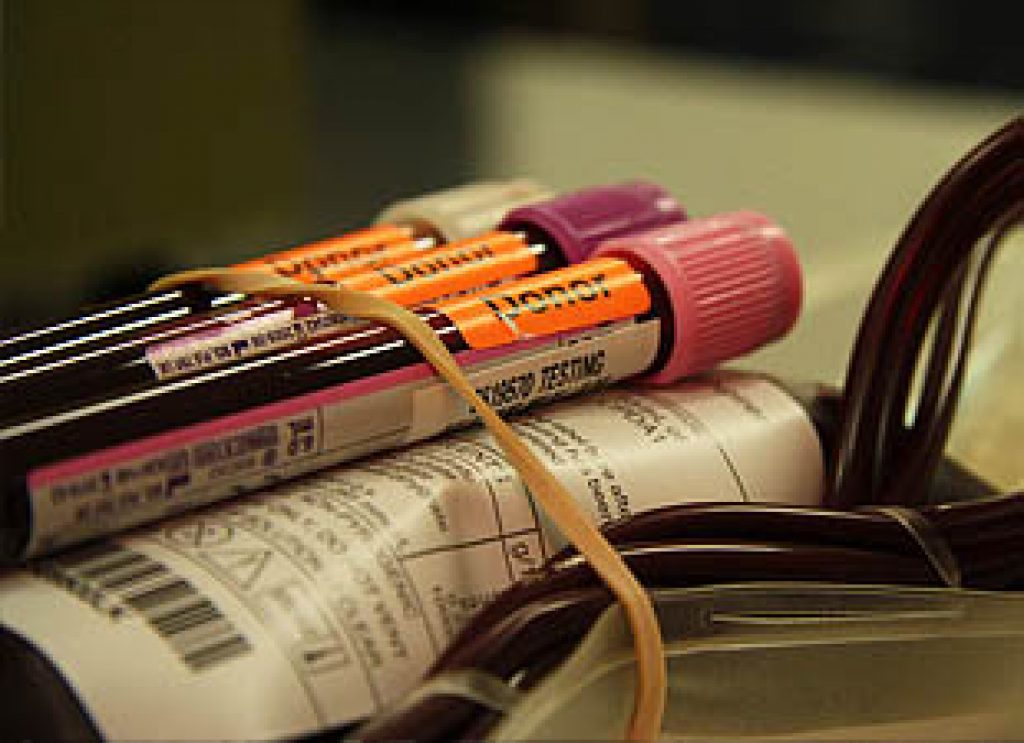
AsianScientist (Sep. 17, 2012) – Scientists at the University of Melbourne are one step closer to a simple blood test for Creutzfeldt-Jakob disease and bovine spongiform encephalopathy, commonly known as mad cow disease.
Using newly available genetic sequencing, the team discovered that cells infected with prions (the infectious agent responsible for these diseases) release particles called exosomes. And if infected with prions, the exosome particles contain easily recognized ‘signature genes,’ called microRNAs.
These exosome particles travel in the blood stream, making a diagnostic blood test a possibility, said Associate Professor Andrew Hill of the Department of Biochemistry and Molecular Biology at the Bio21 Institute.
“This might provide a way to screen people who have spent time in the U.K., who currently face restrictions on their ability to donate blood,” he said.
“With a simple blood test nurses could deem a prospective donor’s blood as healthy, with the potential to significantly boost critical blood stocks.”
Mad cow disease has been linked to the deaths of nearly 200 people in Great Britain who consumed meat from infected animals in the late 1980s.
Since 2000, the Australia Red Cross Blood Service has not accepted blood from anybody who lived in the U.K. for more than six months between 1980 and 1996, or who received a blood transfusion in the U.K. after 1980.
Lead author Dr. Shayne Bellingham said the breakthrough might also help detect other human neurodegenerative diseases, such as Alzheimer’s and Parkinson’s.
“This is an exciting new field where we can test for conditions in the brain and throughout the body, without being invasive,” he said.
The research was published recently in Nucleic Acids Research, and can be found at: Bellingham SA et al. (2012) Small RNA deep sequencing reveals a distinct miRNA signature released in exosomes from prion-infected neuronal cells.
——
Source: University of Melbourne; Photo: Mr.Fink’s Finest Photos/Flickr/CC.
Disclaimer: This article does not necessarily reflect the views of AsianScientist or its staff.












